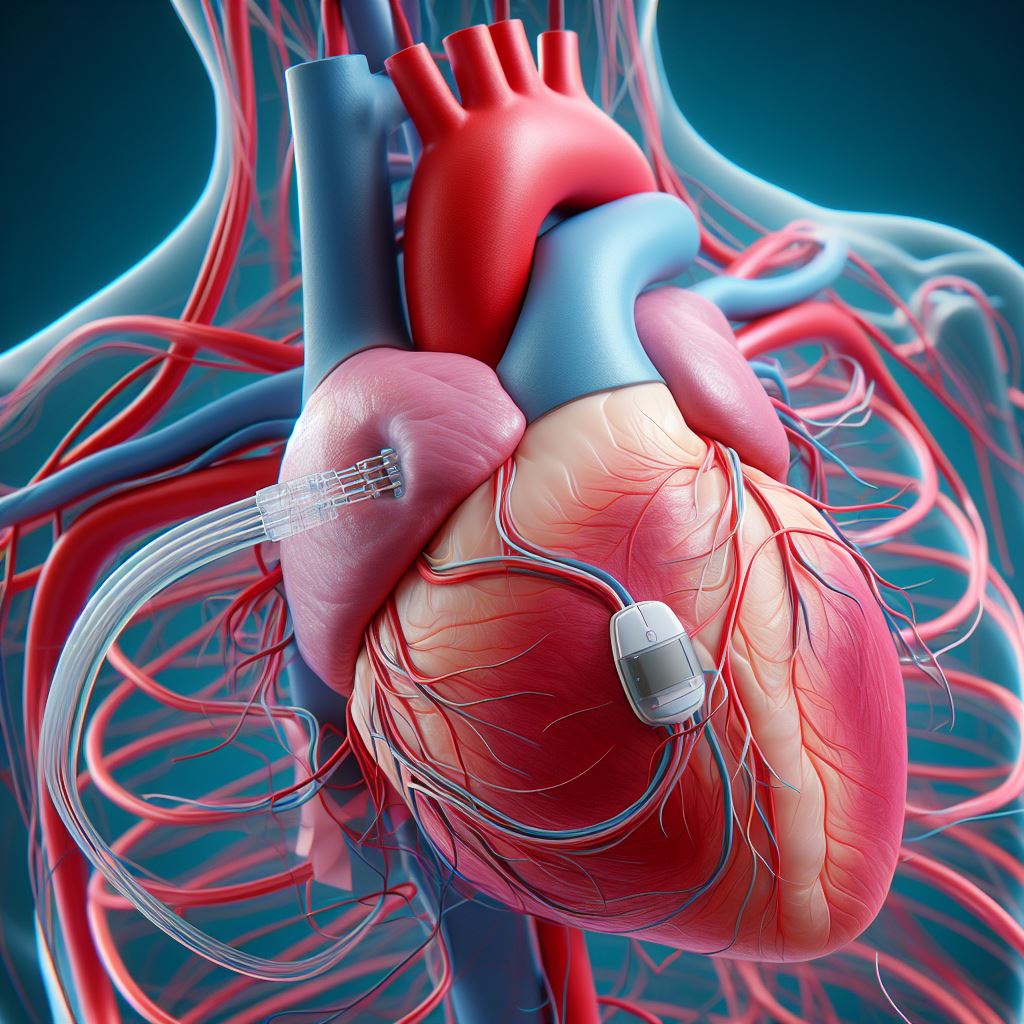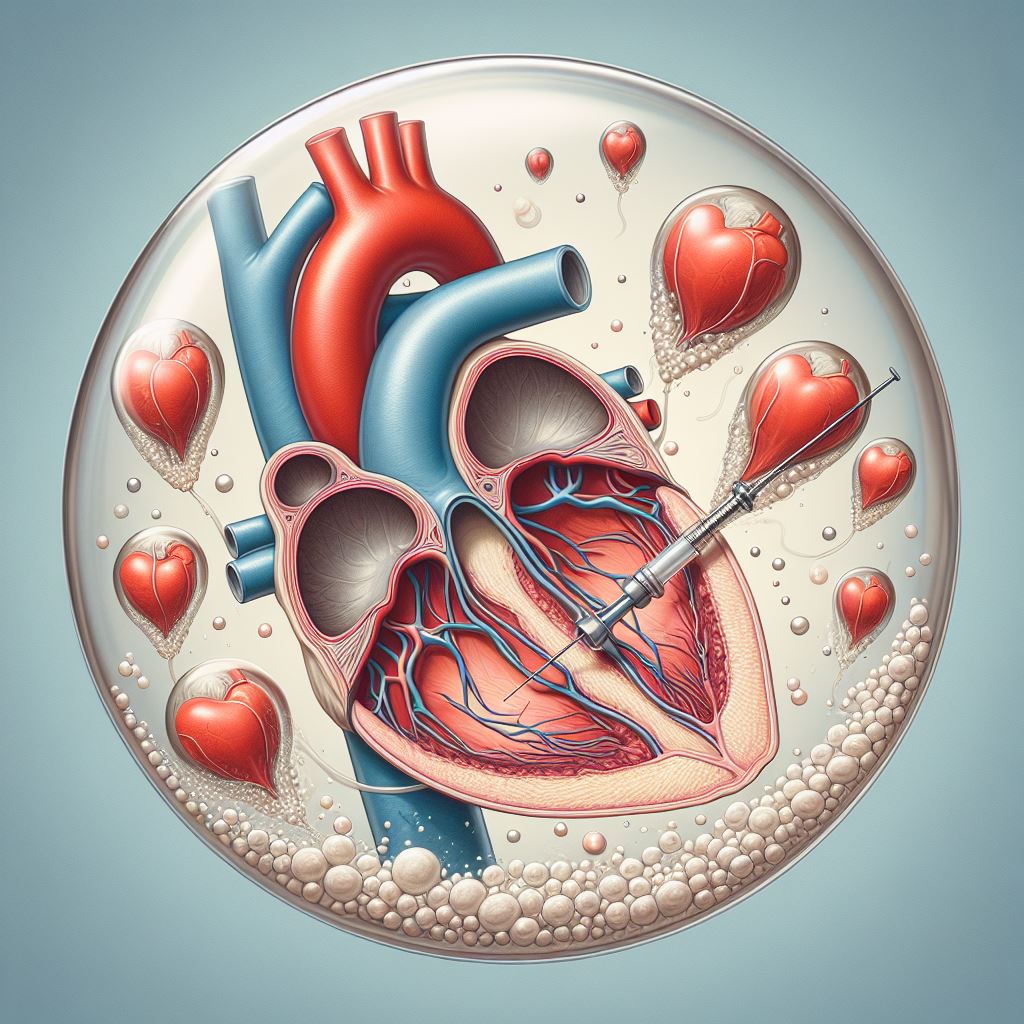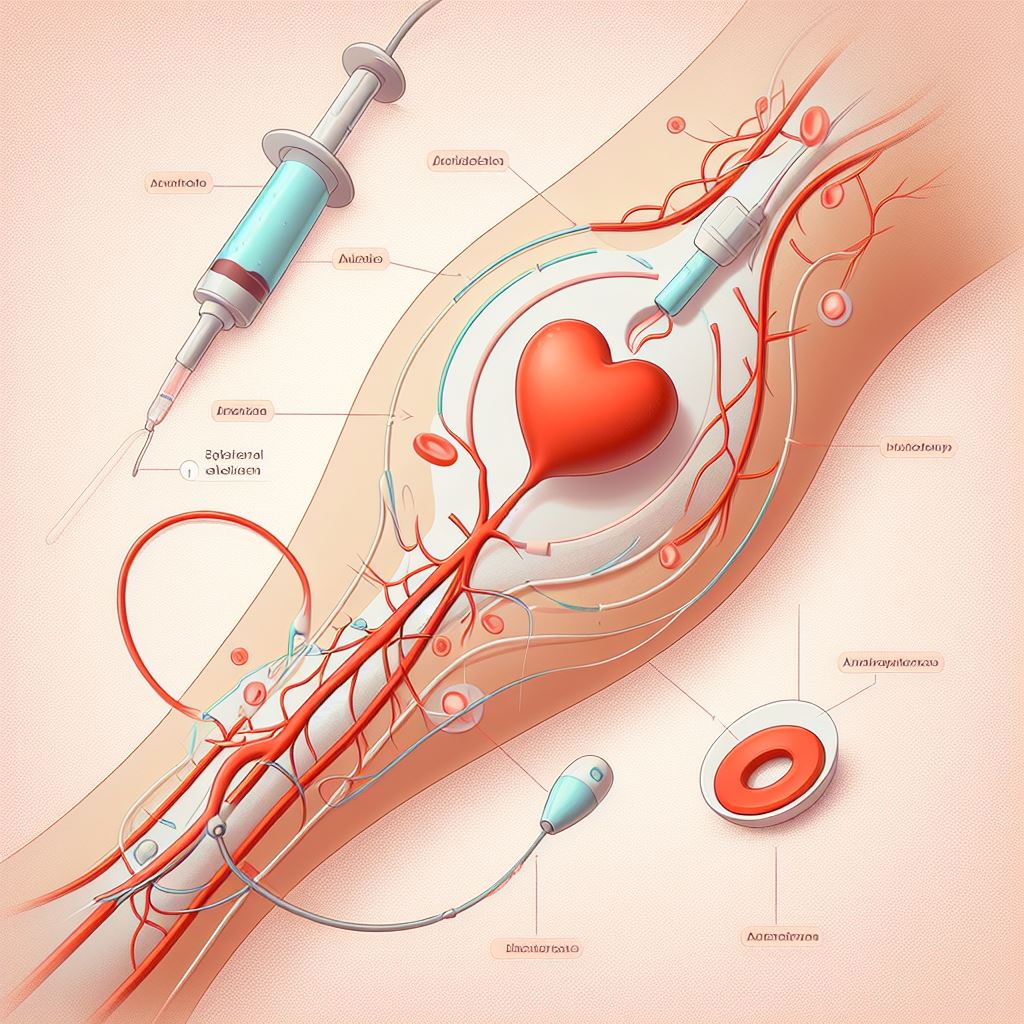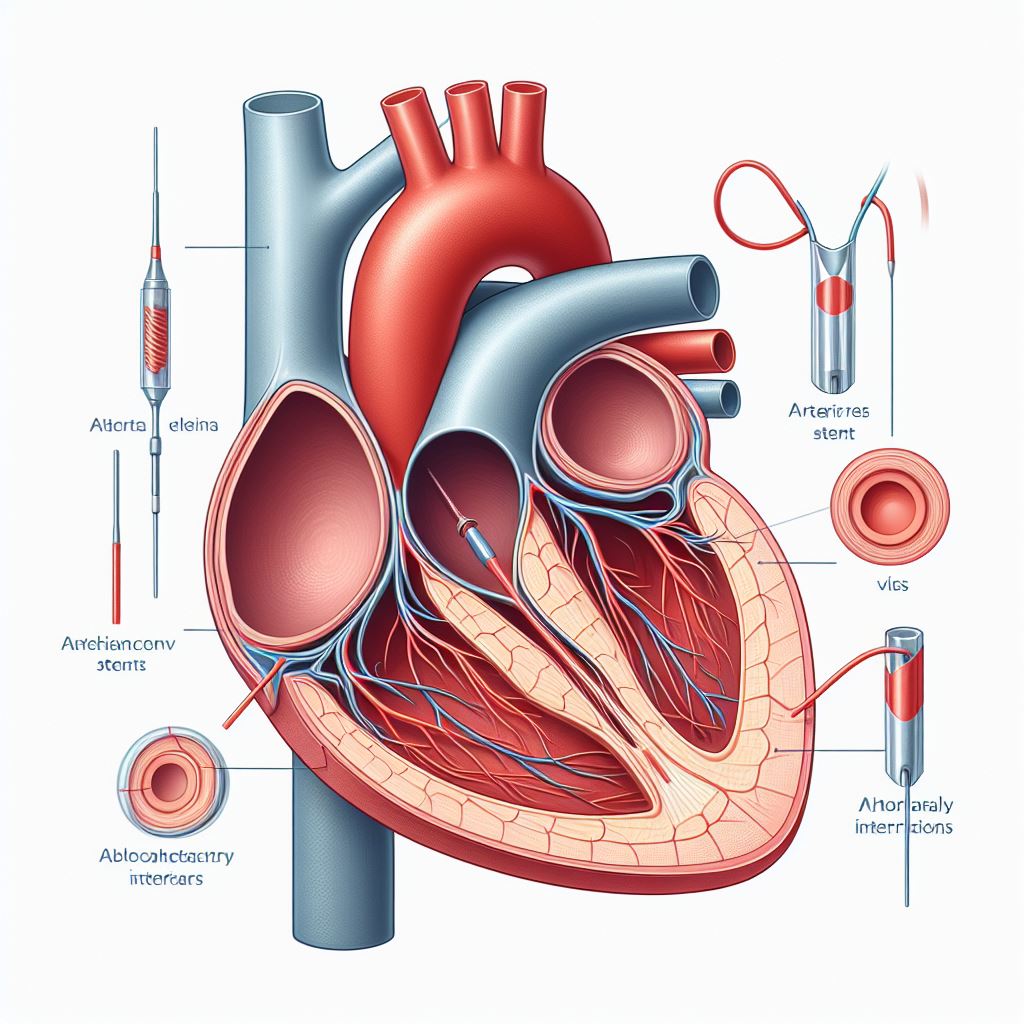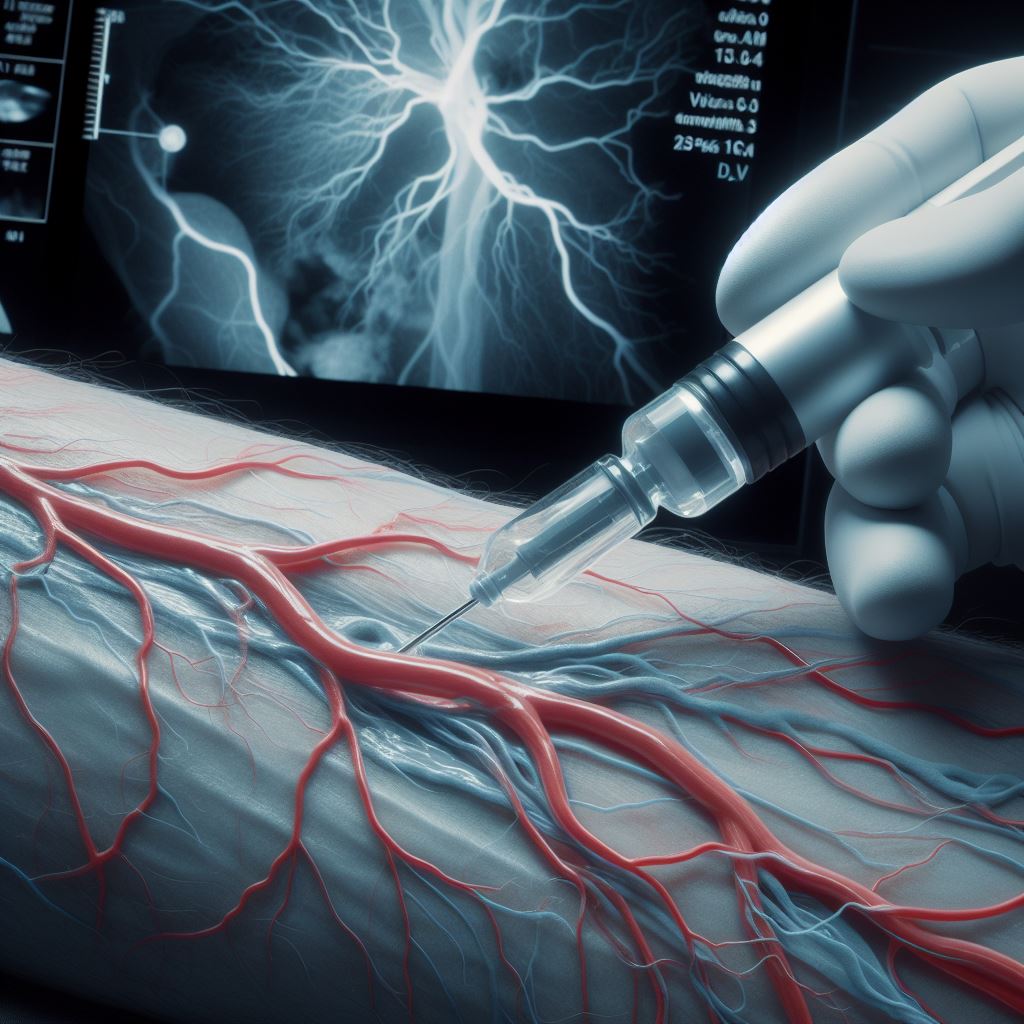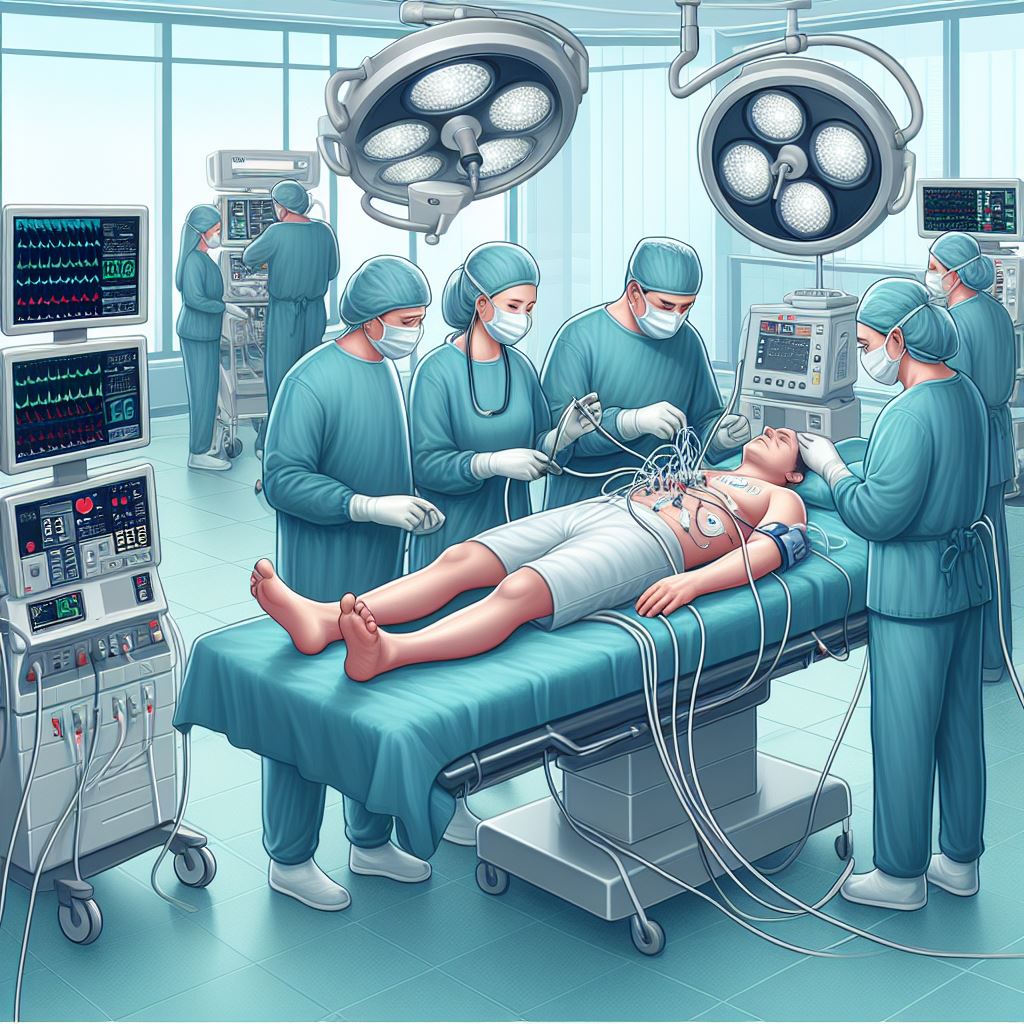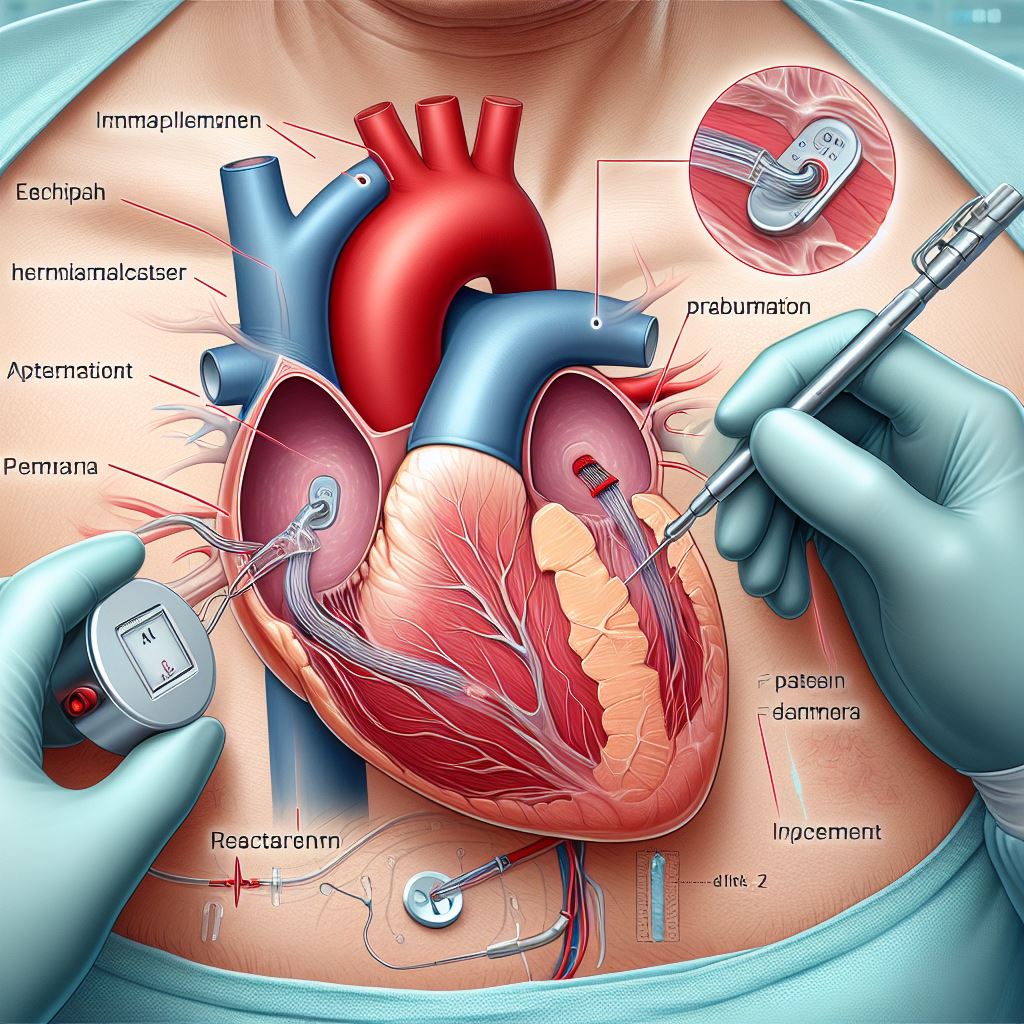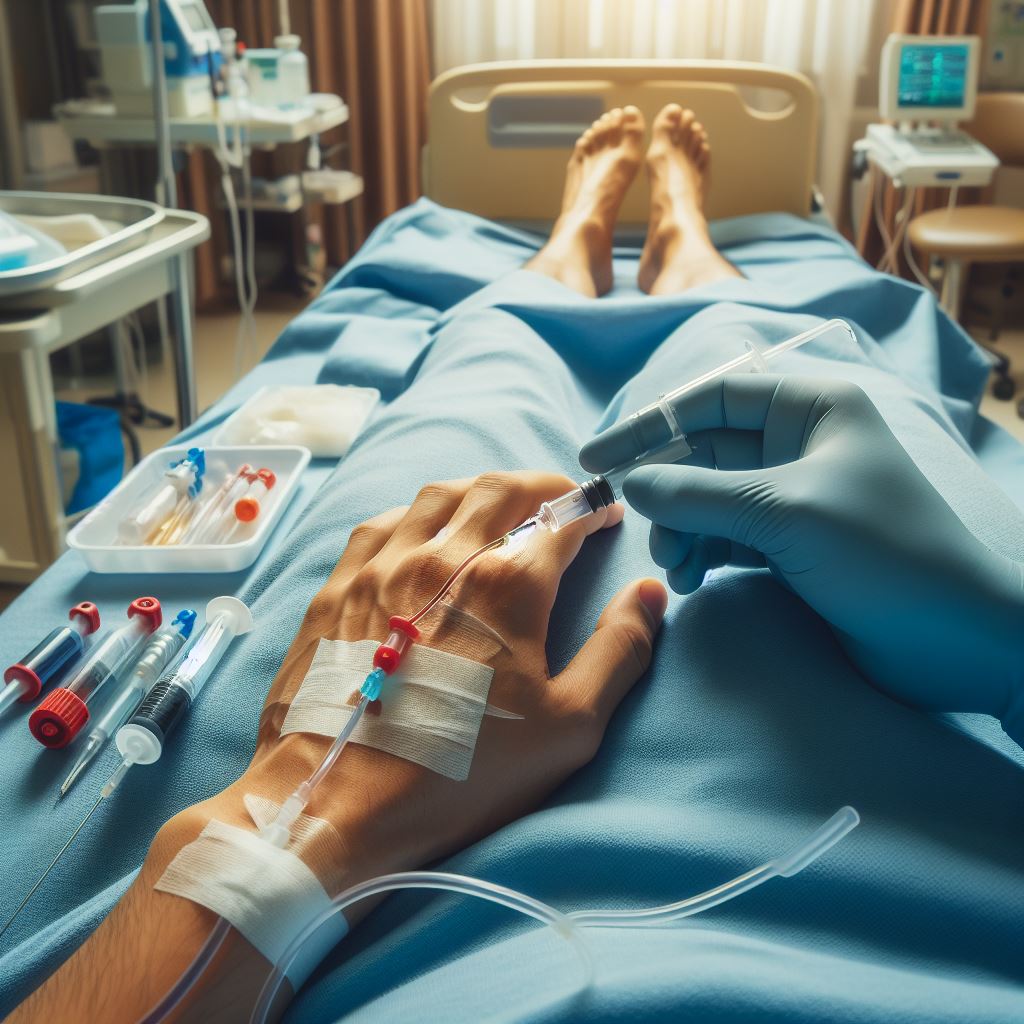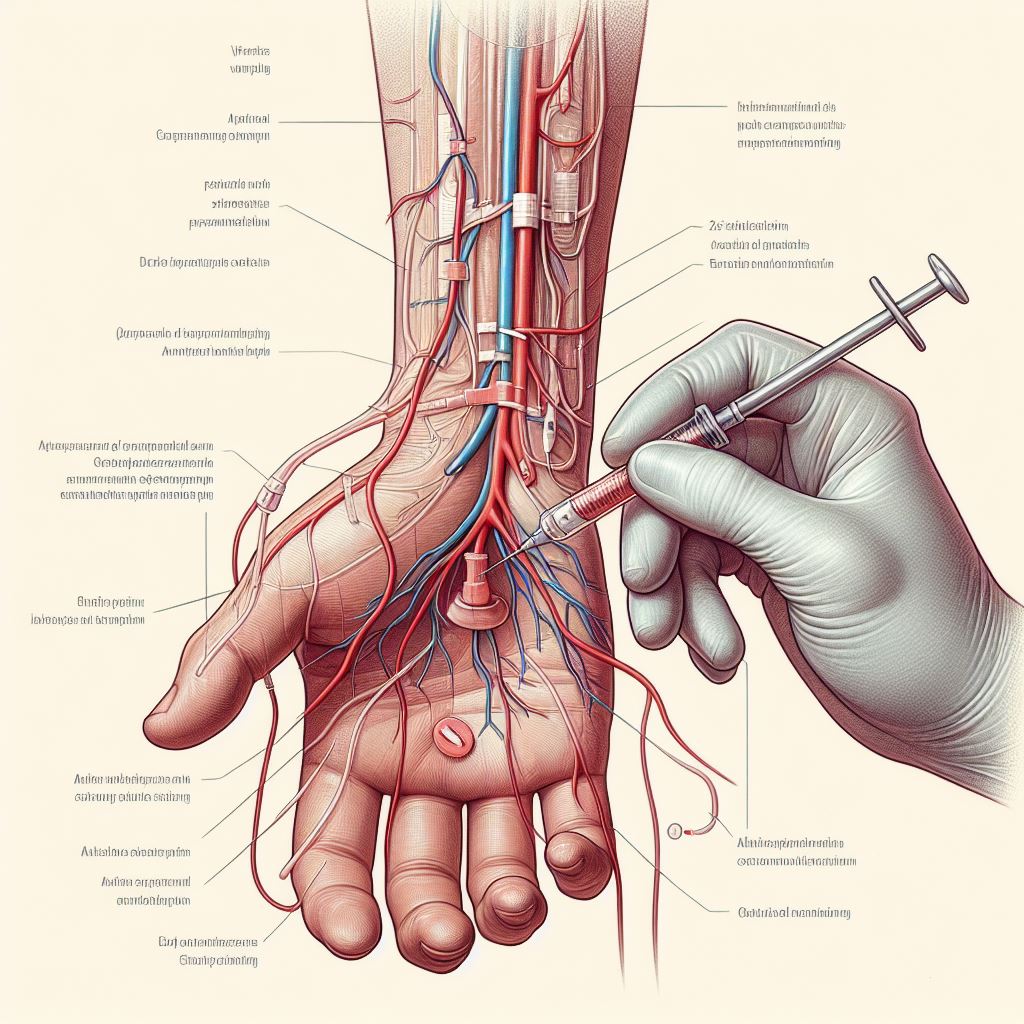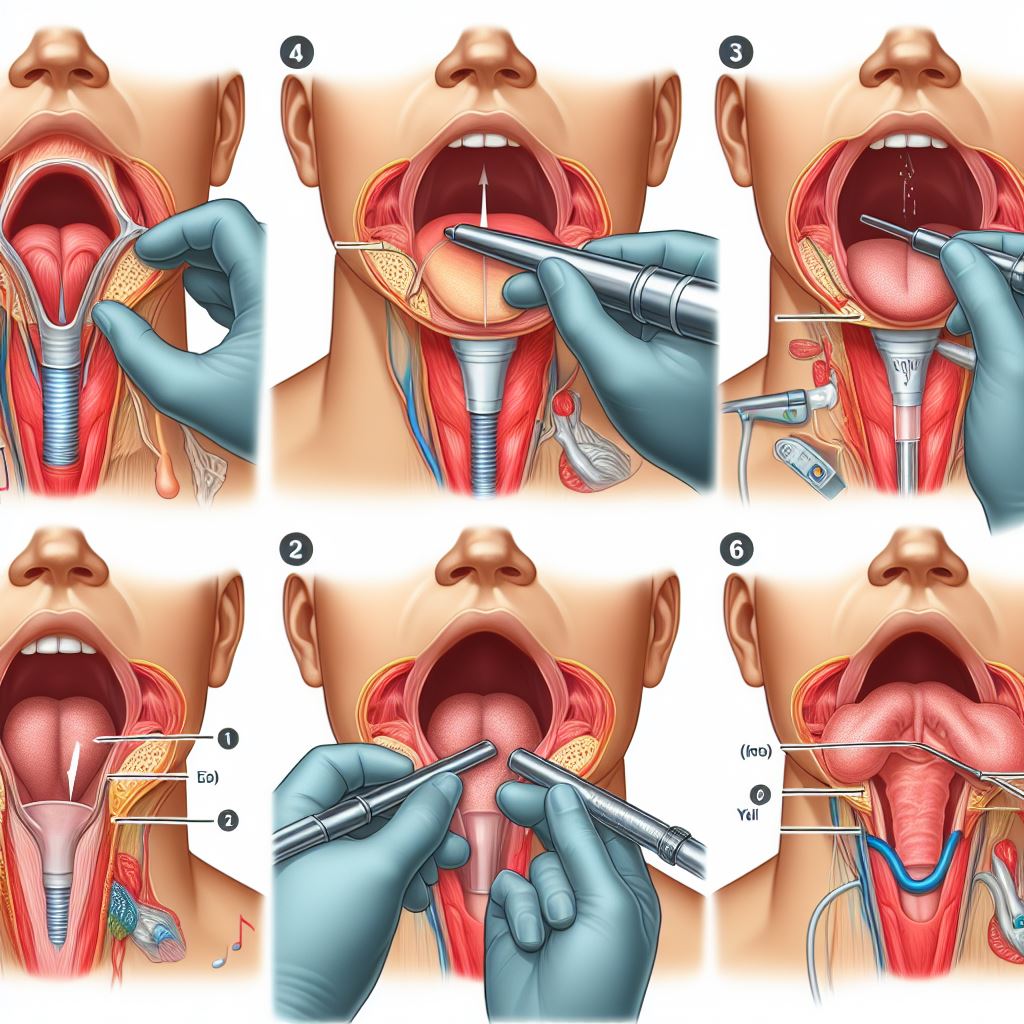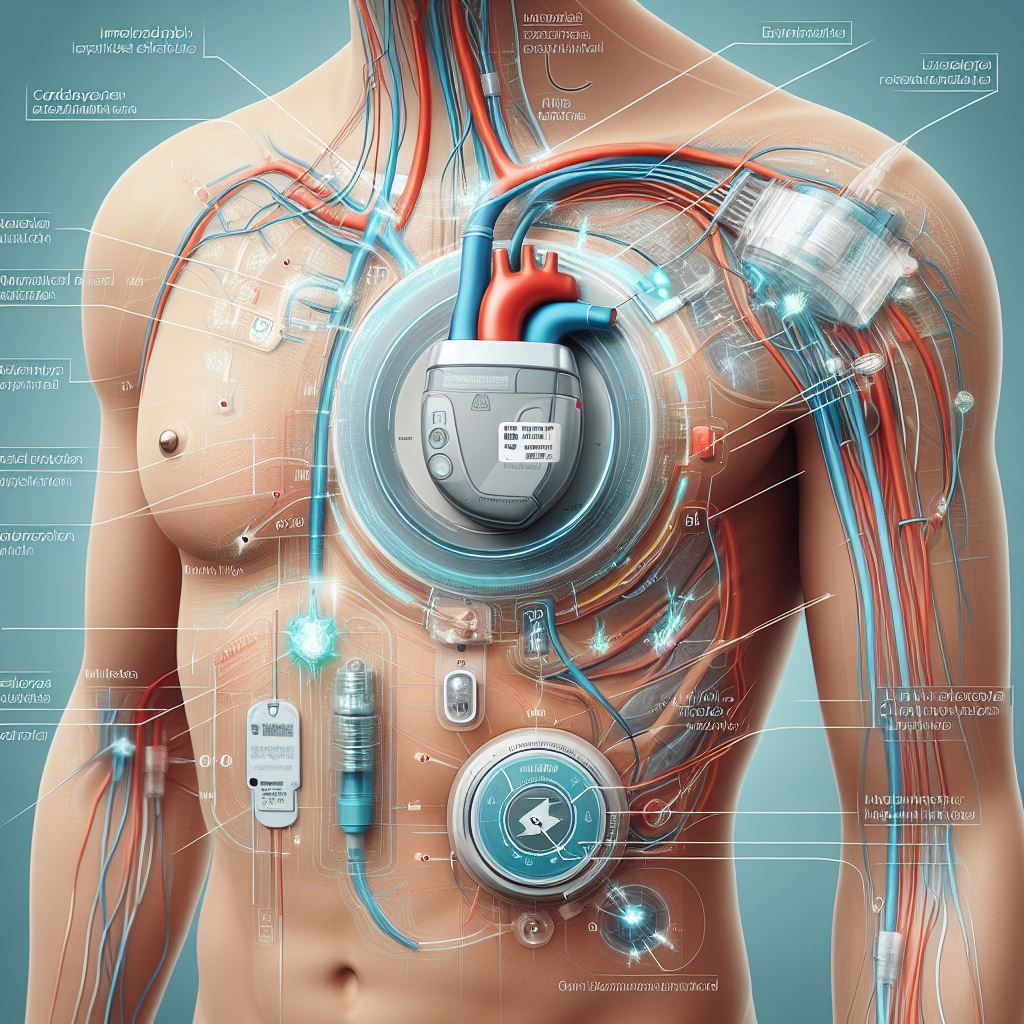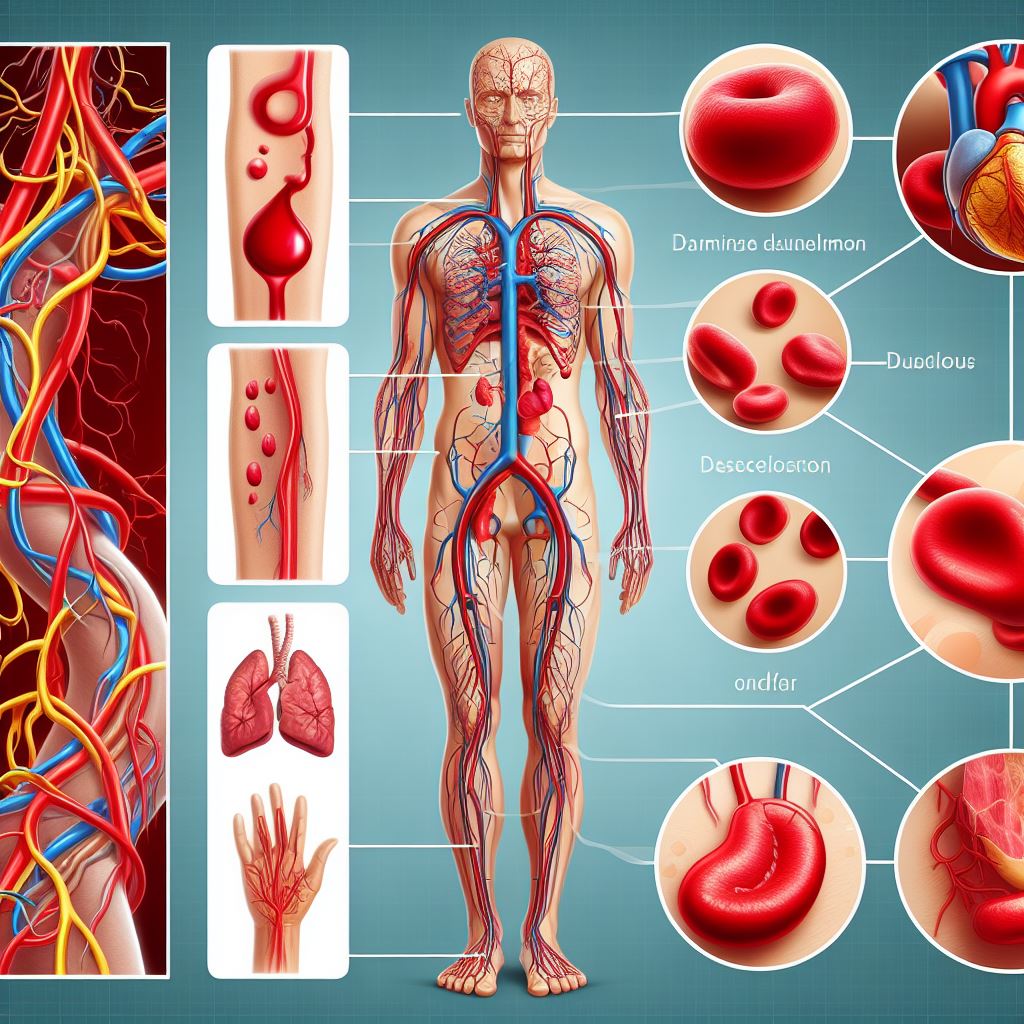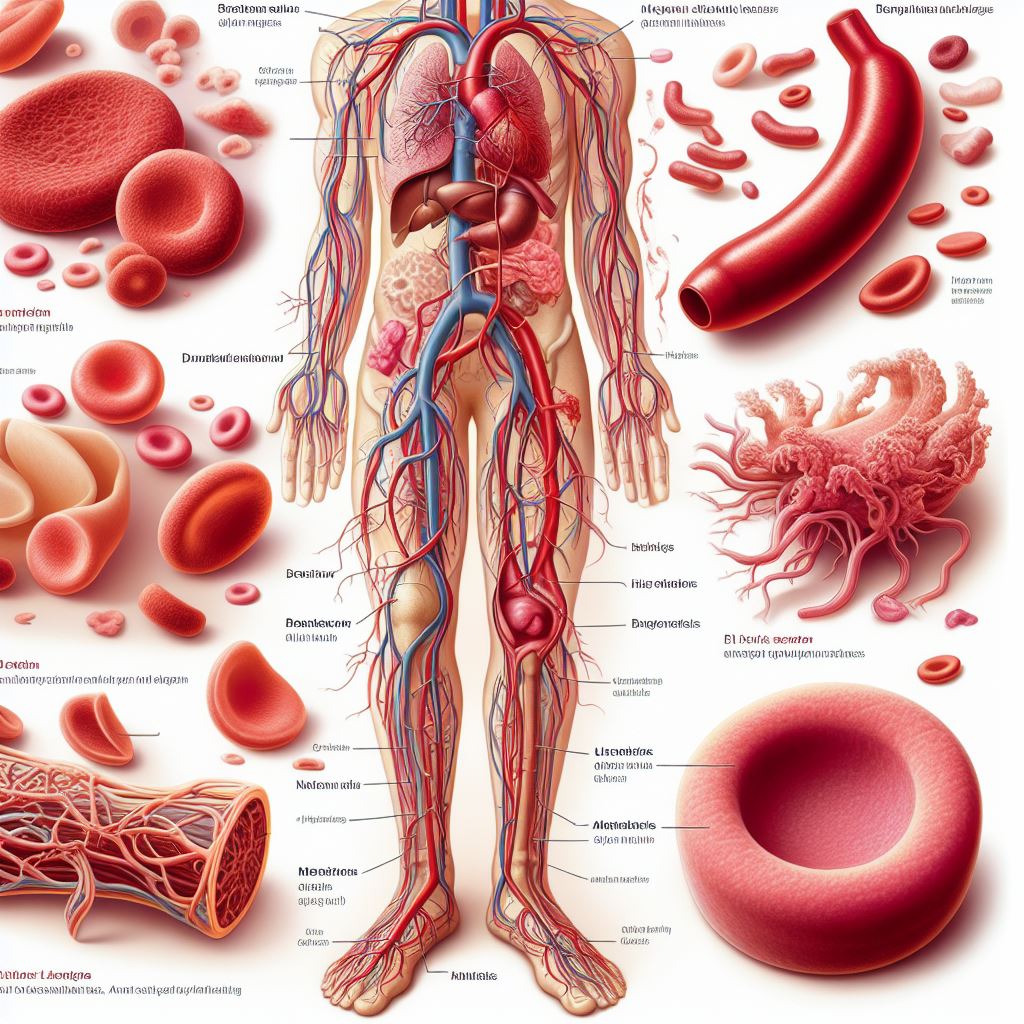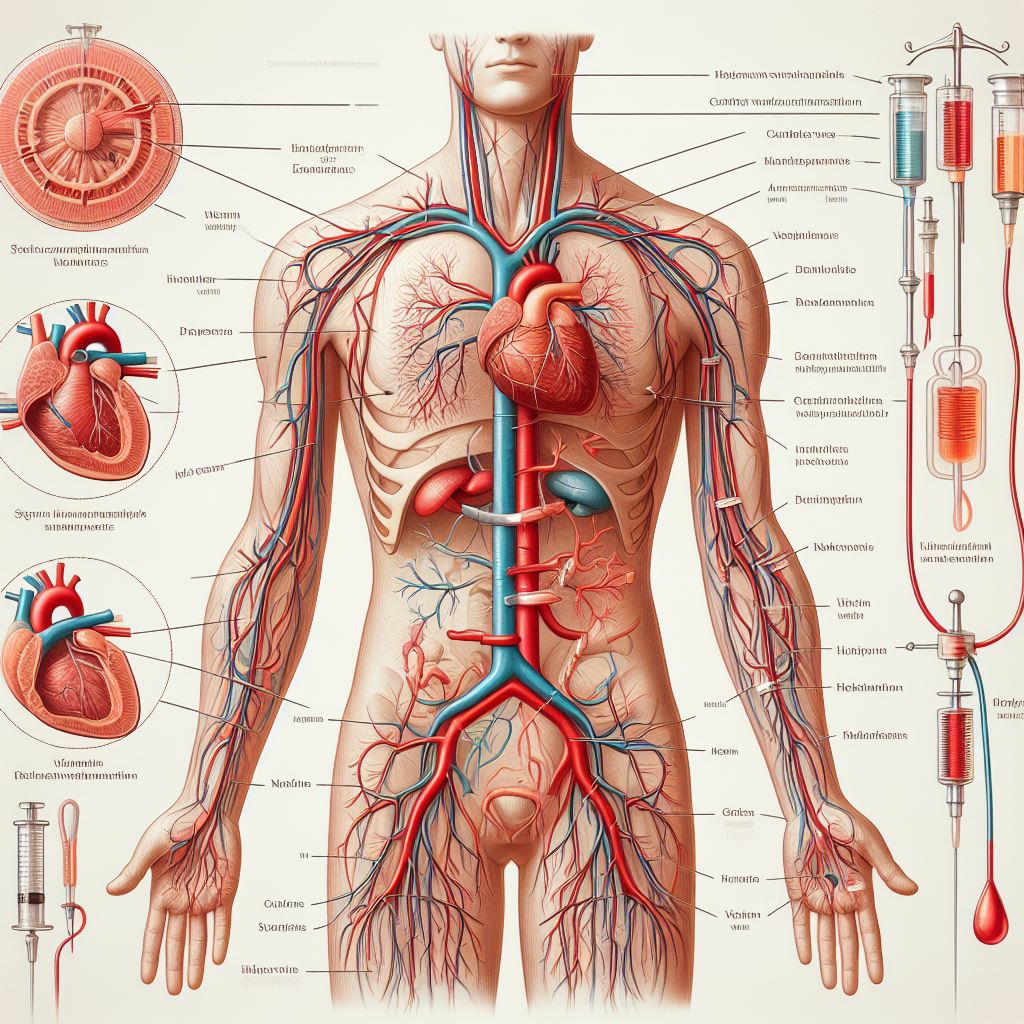
Central Vein Cannulation
Overview: Central Vein
Cannulation is a medical procedure in which a catheter is inserted into a
central vein, typically located near the heart. This technique is commonly
employed for various medical purposes, including the administration of
medication, fluids, and nutrients, as well as for monitoring central venous
pressure.
Types: There are different
types of central vein cannulation procedures, each catering to specific medical
needs. Common types include subclavian vein cannulation, internal jugular vein
cannulation, and femoral vein cannulation. The choice of type depends on
factors such as the patient's condition, the purpose of the procedure, and the
physician's expertise.
Who Needs a Central Line? Central vein cannulation is often recommended for patients who require
long-term intravenous treatment, have difficult peripheral venous access, or
need close monitoring of central venous pressure. Common medical situations
include severe infections, chemotherapy, kidney dialysis, and critical care
patients.
Who Performs: Central vein cannulation is typically performed by a trained medical
professional, such as an anesthesiologist, intensivist, or interventional
radiologist. The choice of the healthcare provider depends on the specific
circumstances and the expertise required for the procedure.
Procedure Details: What Happens Before a Central Vein Cannulation? Before
the procedure, a thorough medical history and examination are conducted. The
patient may undergo imaging studies, such as ultrasound or X-rays, to determine
the optimal location for catheter placement. Consent is obtained, and the
patient is often instructed to fast for a certain period before the procedure.
What Happens During This Procedure? The patient is positioned appropriately, and the selected insertion
site is prepared and draped in a sterile manner. Local anesthesia is
administered to numb the area. Using imaging guidance, the catheter is
carefully inserted into the central vein. The position of the catheter is
confirmed through imaging, and the catheter is secured in place.
What Happens After This Procedure? Following central vein cannulation, the patient is monitored for any
immediate complications. Post-procedural care includes regular checks of the
catheter site for signs of infection or other issues. Depending on the purpose
of the central line, ongoing care may involve flushing the catheter, changing
dressings, and monitoring for potential complications.
Risks / Benefits: While central vein cannulation is a common and generally safe
procedure, it is not without risks. Potential complications include infection,
bleeding, damage to nearby structures, and thrombosis. The benefits, however,
include reliable venous access for treatment, reduced discomfort compared to
peripheral lines, and accurate monitoring of central venous pressure.
Recovery and Outlook: Recovery from central vein cannulation varies based on the individual
and the underlying medical condition. Patients can typically resume their
normal activities, but ongoing care and monitoring are essential to ensure the
proper functioning of the catheter and to address any potential complications
promptly.





